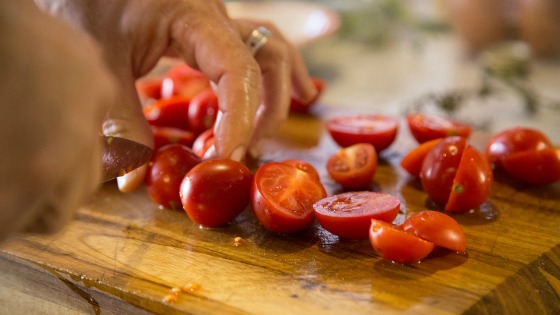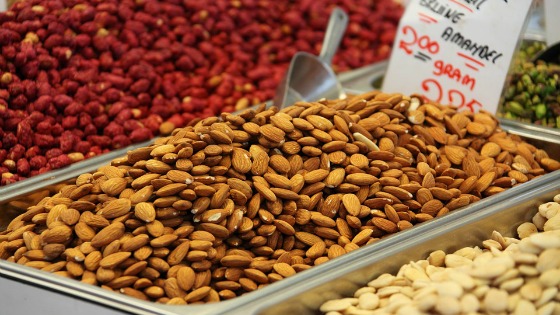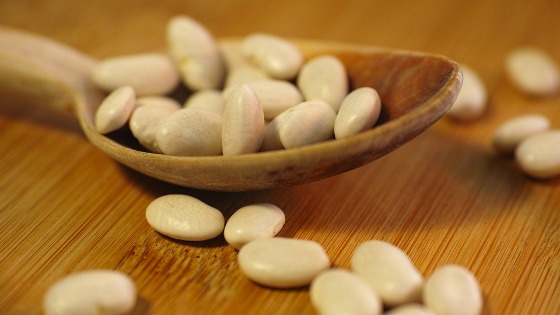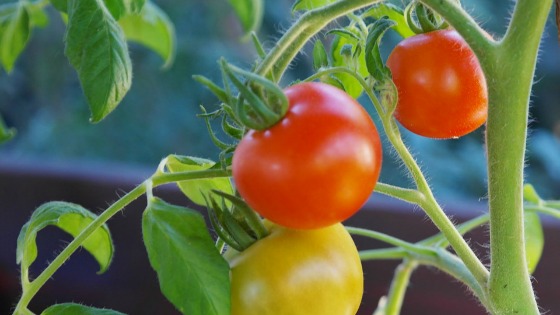24864
2
Posted on Jan 06, 2017, 6 a.m.
Here are 7 tips for maintaining a healthy diet without spending a lot of money.
Health professionals and nutritionists alike advise that eating a nutritious diet is the best way to live a longer life that has a lower risk of the most common diseases. While everyone knows they should make better food choices, the busy life most people live often means they purchase convenience foods that take little time to prepare. In addition, fast food restaurants offer a wide array of tasty foods at a relatively low cost. Taking these things into consideration, busy people with a limited budget often choose foods that are lacking in the nutritional value they require.
Fortunately, there are ways to solve this dilemma, but the solution will require some education and planning. The first step to preparing more nutritious meals without blowing the bank account is to make a list of healthy foods that are also economical.
- Plan a weekly menu - choosing what will be served for dinner each day of the coming week makes it easy to make sure the necessary ingredients are in the pantry or need to be added to the shopping list.
- Always shop with a list - this eliminates impulse buying and allows the shopper to focus on purchasing only the necessary items. This typically reduces the weekly cost of shopping, but also allows for purchasing sale items such as in-store meat department specials.
- Cook meals in advance - home cooked convenience meals can be made by doubling or tripling recipes and freezing half for later use. Make batches of tomato sauce or soups to freeze for later on. This is also a good way to use larger quantities of meat that were purchased at a sale price. For instance, ground beef can be used to make chili or casseroles that can be easily frozen and ready for a quick meal when needed.
- Stock up on bulk priced items - dry ingredients such as flour, sugar, rice, oatmeal, nuts and dry beans can be stored safely until needed. A visit to the bulk food store can result in considerable savings on these foods that are available at a higher cost at the grocery store.
- Cut back on meats - protein is an important part of a nutritious diet, but meat is just one way of adding it to the diet. Beans and eggs are a less expensive way of adding protein to recipes, and legumes are also healthier with more fiber and no fat.
- Fruits and vegetables - are an important part of a healthy diet, but fresh ones are not always available. Out-of-season items can be purchased in the frozen foods department, and the nutritional value has not been compromised by freezing.
- Grow some produce - not everyone has the space and ability to plant a garden, but even a few veggies grown in pots on the patio can reduce the cost of eating healthy. Tomatoes, lettuce, beans, peas and strawberries do very well as potted plants, and some can also be grown in hanging bags.






While it will take some extra effort and time to create a healthy meal plan, the long-range benefits cannot be denied. After switching to more nutritious meals, most people find they have more energy and are often able to achieve a higher level of fitness. There is no question that these changes will make their life more enjoyable and add to their years.
https://www.hsph.harvard.edu/nutritionsource/2014/01/30/eating-well-for-your-waistline-and-wallet/
https://authoritynutrition.com/19-ways-to-eat-healthy-on-a-budget/
http://money.usnews.com/money/blogs/the-frugal-shopper/articles/2016-01-25/8-tips-for-eating-healthy-on-a-budget









